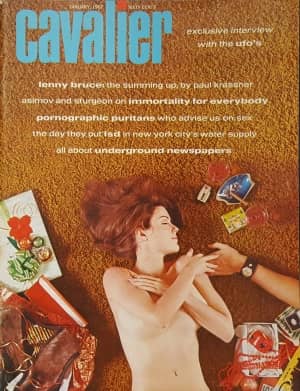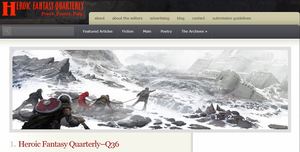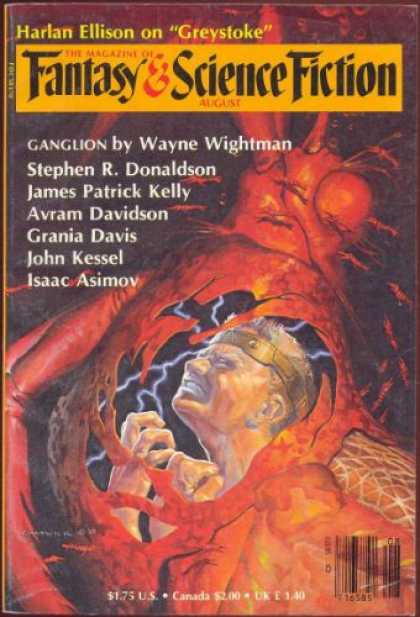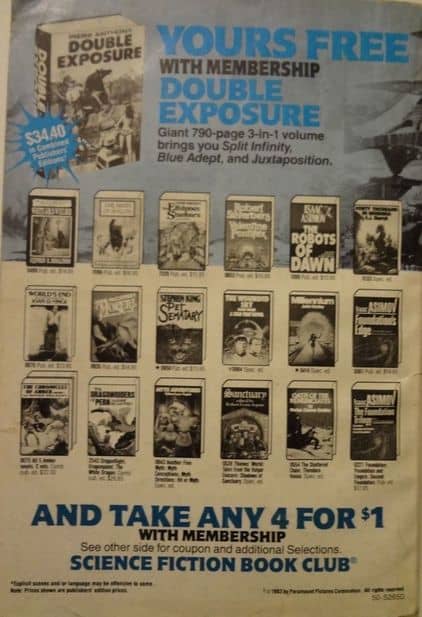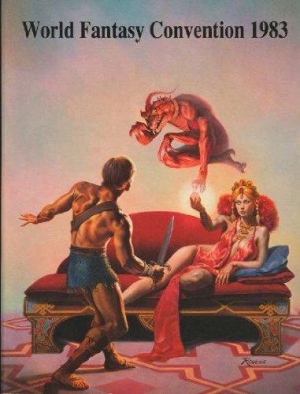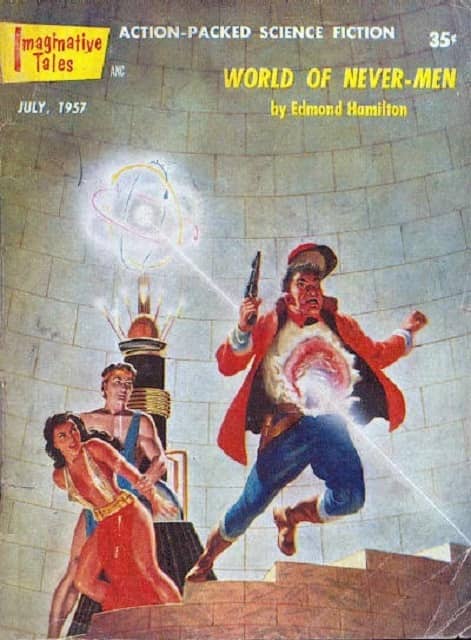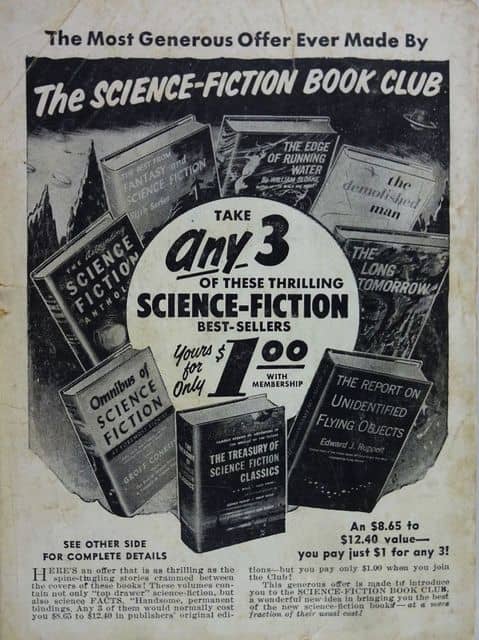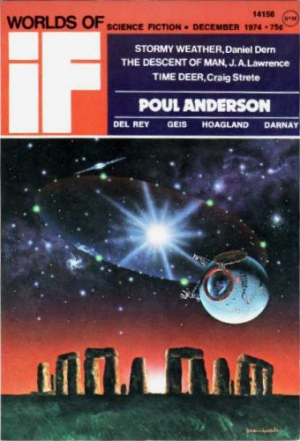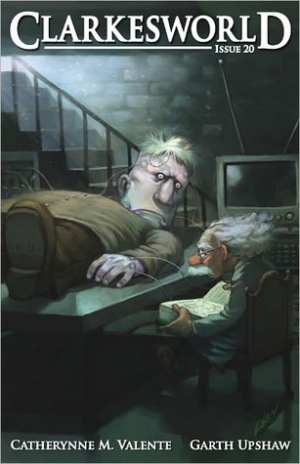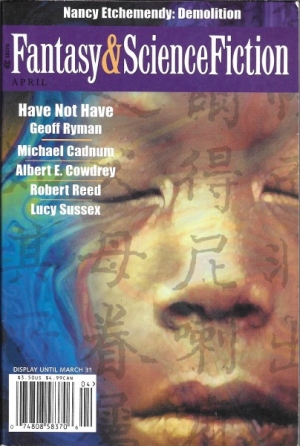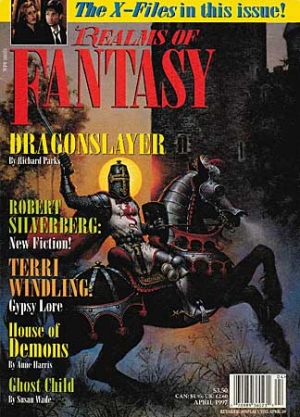Birthday Reviews: William Tenn’s “The Lemon-Green Spaghetti-Loud Dynamite-Dribble Day”
William Tenn was born Philip Klass on May 9, 1920 and died on February 7, 2010. He was named an Author Emeritus by SFWA in 1999.
Tenn received a Nebula nomination in 1966 for the short story “The Masculinist Revolt” and his collection Dancing Naked: The Unexpurgated William Tenn was nominated for a Hugo Award for Best Related Work in 2005. In 2006, he received the Forry Award from the Los Angeles Science Fantasy Society (LASFS). He was one of the Pro Guests of Honor at Noreascon 4, the 62nd World Science Fiction Convention, held in Boston, MA.
“The Lemon-Green Spaghetti-Loud Dynamite-Dribble Day” was originally published as “Did Your Coffee Taste Funny This Morning?” in the January 1967 issue of Cavalier, a men’s magazine edited by Robert J. Shea. The same issue carried essays by Isaac Asimov and Theodore Sturgeon. The story gained its current title the following year when Tenn included it in his collection The Square Root of Man. In 1973, it was reprinted in German in Venus—Planet für Männer. Tenn included it, against his better judgement, in the NESFA Press collection Immodest Proposals: The Complete Science Fiction of William Tenn, Volume 1 and selected it for inclusion when Mike Resnick invited him to pick one of his stories for the anthology This Is My Funniest: Leading Science Fiction Writers Present Their Funniest Stories Ever. An audio version was produced for Drabblecast B-Sides #29 in 2013.
Tenn claims that “The Lemon-Green Spaghetti-Loud Dynamite-Dribble Day” “certainly isn’t science fiction,” however if you consider science fiction as a look at how technology changes lives, it can arguably be considered as such (and if you argue science fiction is what is written by science fiction authors, it definitely is).
